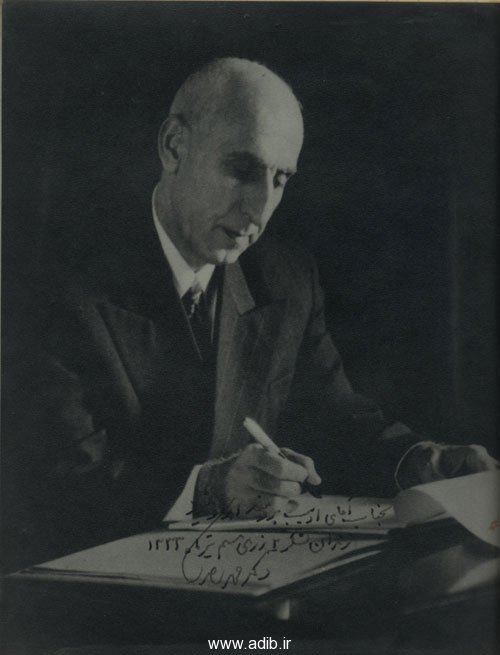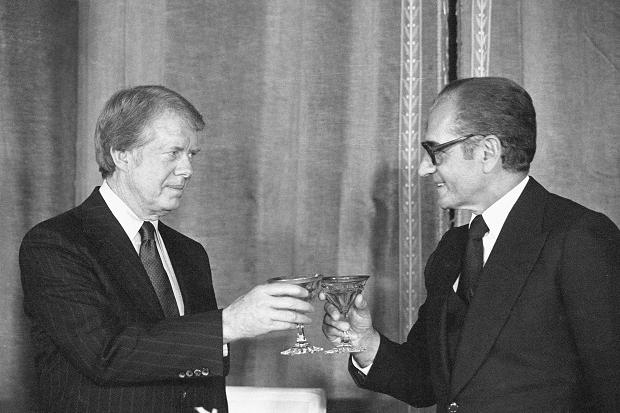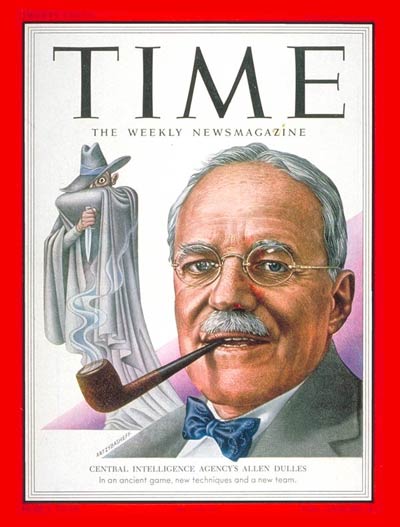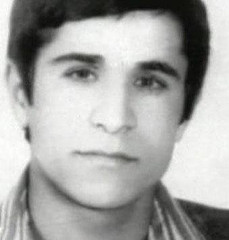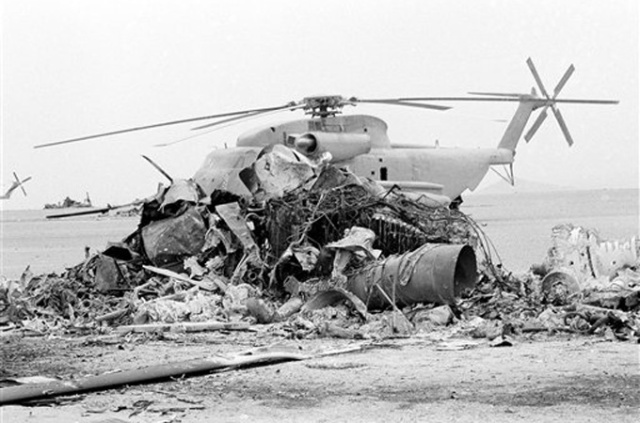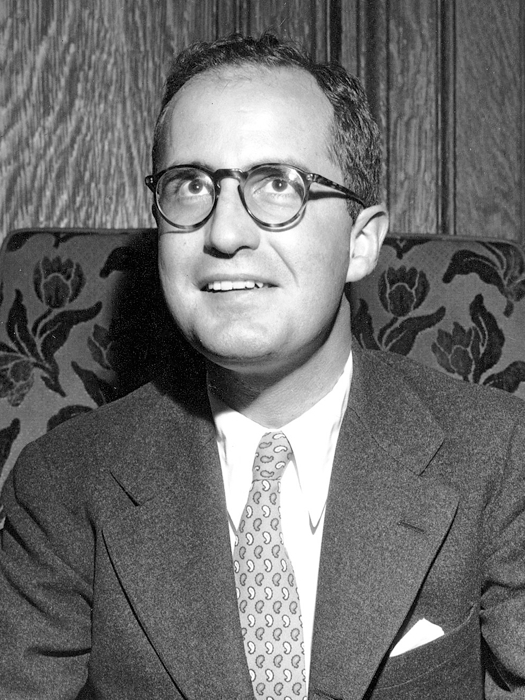
Daniel Yergin wrote about in “The Prize” that during WW2 Hitler was desperate to get control of Baku, the rich, oil-producing region in the Caucasus, the Caspian Sea, to fuel his war-machinery.
Fortunately for the world he never took Stalingrad (today Volgograd), just north of Baku, because of the huge Russian sacrifice of 1-2 million soldiers From the Red Army in Stalingrad, and 20 million civilians and military units in total to repel Nazi progress in Soviet and drive them back to Berlin.
Also fortunately for the world was the defeat of General Rommel by the Allies during Operation Crusader in North Africa. Despite that Rommel was a brilliant general, he walked out of fuel in Egypt, on the way to the Caucasus in from the south in an apparent pincer movement to try to take Soviet on two fronts in Stalingrad.
Ironically, the fact that he repeatedly called Berlin to hear where and when and what oil-tanker came with fuel deliveries, which ensured that England and decrypt’s from the Enigma codes, could calculate exactly which ship it was, where it was in the Mediterranean, to bomb it. Thus the fresh troops overcame Rommel and gained control over the Middle East again, and from then on could focus on the invasion of Europe itself.
Another irony was when Nazi Germany, near the end of the 2nd World War, had produced history’s first jet aircraft, the Messerschmitt Me 262, a groundbreaking design, but which ultimately had to be dragged to the end of the runway by draught animals in lack of oil.
In Japan they had a desperate national program, where they spent one hundred thousand pine roots to produce enough fuel for only one of kamikaze planes they flew into American warships in the Pacific. This type of attack was very successful for a while, did great damage to the US fleet, and they did not need to fill the tanks for any return-trip back to Japan. So, as with the Germans, the lack of fuel made their war-efforts grind to a halt. General Tojo, the prime minister of Japan, shot himself when US forces came to fetch him, they sent an ambulance to bring him to justice as a war criminal, but here too there were problems to obtain an ambulance that had gasoline.
After the war the US stood alone in the world, unlike Europe, Russia and Japan – that had cities that were reduced to bombed-out ruins. They had their own sources of oil at that time. They had a tremendous growth in the economy, low unemployment, a huge export capacity, and they had enough fuel for all this and more. Russia also built slowly up again and also gained nuclear weapons, making it the second superpower. They also had fuel, in Baku where young a Joseph Stalin had been actively revolutionary, probably against “imperialists” such as the Nobel brothers.
First during the Yom Kippur War in 1973 – between Egypt, Syria and expeditionary forces from most Arab countries, from Morocco to Iraq, against Israel. Because of massive American arms shipments, the Arabs decided to use the “oil weapon” and boycotted countries that supported Israel and increased the price of oil by 70%, thus they started the first oil crisis which ensured that the West woke up and saw that the luxury in which they lived, was created from oil to create energy that fueled the post-war booming economic growth, and how dependent the West had become on oil from the Middle East.
Here in Norway there was rationing of fuel, with a ban on driving of cars on weekends and after 19:00 every weekday. From this period originates the famous picture of the people’s King Olav V, in plain clothes, as a paying passengers on the Holmenkollbanen tram, during a car-free weekend.
Cars, lorries, bulldozers, container ships and and oil-tankers use oil for fuel, all plastic are made from oil, and we use plastic for almost all of everyday objects. The “green revolution” in the ’50s found that the crops could be multiplied with pesticides (oil) and fertilizer (gas) and the use of agricultural machines, plowing, planting, spraying and fertilizing and harvest, all are using oil as well as the transportation of foods to the market are depending on oil. That way today it takes 10 calories of energy of fossil fuels to produce one calorie in terms of food. Otherwise in world history, this has obviously been impossible and they had to make sure to cultivate a crop which gave more calories nutrients than were used in the effort to plow, sow and reap, to avoid starvation.
After this first oil crisis, the oil became expensive enough that it paid to begin with exploration and construction of platforms in the North Sea, first in England, then in Norway. Japan was also a world-leading exporter of its fuel-friendly vehicles, as a result of this major shock, of realizing just how dependent the world is on hydrocarbon fuels. USA created a gigantic reservoir with oil. Eventually, however, producers of oil became scattered throughout the world, although the most oil-rich areas of the world remain placed in the Middle East, they could not use its “oil weapon” anymore.
The Middle East were and still is the most important region in terms of oil reserves. In 1998, Dick Cheney, the then chief of the oil services firm Halliburton wrote “I cannot think of a time when we have had a region emerge as suddenly to become as strategically significant as the Caspian“. When he changed jobs to Vice President of the United States, he was responsible for the new “Energy Task Force”, which in a court case in 2003, using a “Freedom of Information Act”, to gain access to documents from the government. The few documents that were finally released to the public, showed maps of Iraq, with detailed information about oilfields, pipelines, refineries and terminals, oil and gas projects and foreign interests in contracts for access to this region that have one of the world’s largest oil reserves in easy to extract crude oil (unlike the tar-sands of Canada). The documents, showed in the same way Saudi Arabia and the United Arab Emirates its oilfields, pipelines, refineries and tanker terminals with extensive information on major projects in oil and gas production in each country, for example. regarding the projects’ costs, capacity, which oil company drove them etc.
There were clear plans for invasion and hydrocarbons before September 11th 2001, which already had increased the general suspicion that the United States didn’t invade Iraq in the form of “Operation Iraqi Freedom” to spread democracy, but because of the oil, while using Orwellian doublespeak like “liberation” and “freedom”.
It’s worth noticing that the Guinness World Records documented the biggest protests against war in world history in both the US and most of all in Europe, where several millions went to the streets to show their dislike of USA, polls showed that some 80% saw USA as the biggest treat to the world, and not Iraq.
They took place before the US went into Iraq, where they guarded all the oil facilities, while Iraq gradually went into chaos in the lack of paid police, first with the a sack of Baghdad, comparable only to the Mongol siege of Baghdad in 1258, torture and massacres, like in Fallujah, leaving behind in the end ruins and a dysfunctional Iraqi army force, trained by the United States before they pulled out the last troops in the middle of a night. Thus creating a vacuum where the new prime minster asked for weapons, but never got enough until ISIS (headed by a former prisoner of Baghdad’s prison Abu-Graib where the well known pictures of torture took place) overcame quickly the army, and got large quantities of American weapons in Mosul creating the present chaos between Sunni and Shia, Muslims and Christians, Yezidisi, and against the West.
The border to Kurdistan won’t fall easily, like Israel, the Peshmerga got the most heavily trained troops in the middle east and modestly armed, in addition to American jets and drones bombing. The capital Erbil is modern and filled by multinational oil companies and the price of oil has fallen about 50%. So ultimately the US won the war, fulfilling their primary goal: Oil.
“The Grand Chessboard: American Primacy and Its Geostrategic Imperatives (1998)” is one of the major works of Zbigniew Brzezinski, the former the United States National Security Advisor during 1977-1981, under Carter. Brzezinski sets out to formulate a Eurasian geostrategy for the United States. In particular, he writes, it is imperative that no Eurasian challenger should emerge capable of dominating Eurasia and thus also of challenging America’s global pre-eminence. There have been plans for a for the Caspian Sea for a long time, with it’s oil, the most massive quantities of gas on the planet, “in addition to gold” as Brzezinski mentioned.
This will be a war that will last a lifetime Dick Cheney said, and recently an American General said that if “boots on the ground” is put on the ground to defeat ISIS and stabilize the region, it would take a very long time. Special forces from most of USA and NATO is currently on the ground, and fighting along the jet strikes.
All the plans have been on the table for decades for the Neo-Conservative team with Cheney, Rumsfeld, Wolfowitz and the rest from the old Team B from the CIA, that is always proposing more weapons and domination of the world.
Iraq is down, so is Libya, Syria, and also Iran (with the worlds seceond largest oil-reserve) is completely encircled, with US bases in the Emirates, Kuwait and in Afghanistan, Turkmenistan, Tajikistan etc. in addition to a strained alliance with Pakistan. Since the 90s it has been the in international media, talk about Iran and its nuclear program and that nation as a possible major threat for world peace. If the nuclear program is for peaceful purposes,as they say, or just a cover-up to buy time for development of nuclear missiles as Benjamin Netanyahu said in Israel
There’s actually been concrete plans to submit an air raid,that was averted, experience from earlier when the Israeli Airforce acted on their own, bombing Saddam’s nuclear facility, In addition massive training missions for a conflict involving bombing Iranian nuclear facilities with bunker busters. The latter option is the not unrealistic and probably won’t have the amount of protests as with the Bush’s assertion of weapons of mass destruction in Iraq, support of terrorism and a danger to the world, (even when Iraq was about the only nation in the region that did not have either chemical, biological or nuclear capabilities). Also Iranian President Ahmadinejad remains the only member of the UN that has threatened to delete another member of Earth’s surface. So the veil between war and peace are fragile.
The practical question for the United States and thus the West, is pipeline. In Afghanistan the Taliban got the options with the waiting Unocal pipline at their northern border, of either “covering them in a a blanket of gold or in bombs” to let the pipeline pass through their country. They already have pipeline to Turkey, that bypasses the Russian system into Europe.
President Obama has recently been in contact with Iran and made a “historic agreement ” . The real quest however is perhaps whether this is to ” take them in the act ,” since the world’s population probably will be suspicious of a US that once again say that war is necessary because of Iran’s weapons of mass destruction . China has major interests in Iran and also in the Caspian, but with the latter China have limited options to cover immense distances through mountains and endless steps to transport the gas into the east-coast industrial area. So anyway , it looks like a conflict , as long as Iran does not give in , let go of the nuclear program and provide land to build the pipeline , which is hardly likely to agree on with their Arch-enemy USA and Israel that get foreign aid, billions each year.
The Caspian is the last major area of hydrocarbon energy – something that the West cannot live without to survive, and the two other major millitary forces With just a glance on the map on the top, it’s clear that the fastest way to build a pipeline is directly south, through Iran, ending in the Persian Gulf. So my prediction for the future is a dark one, with oil and war.

The Excising Russian Pipelines into Europe, and new, American ones In the bottom of the map, both present ones and planned.
